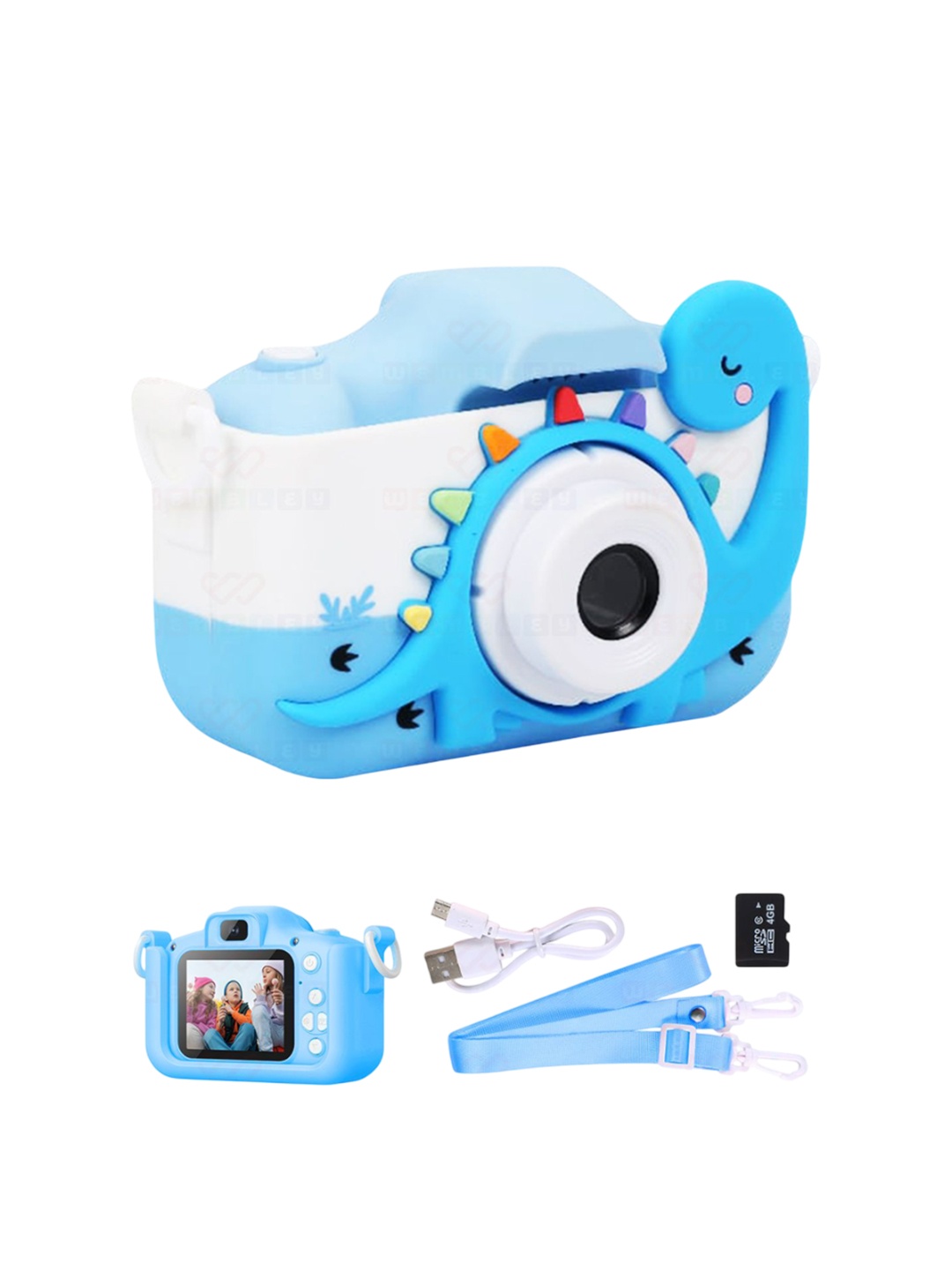Protect Your TVs, ACs, And Fridges, Know How And Check These Top 10 Voltage Stabiliser Deals On Flipkart
Voltage stabilisers play a crucial role in protecting your expensive electronic devices from the unpredictable voltage fluctuations that are common in India. Let us explore how to select the right stabiliser for your home or office. In case you are in the market for one, we list the top 10 Flipkart deals on voltage stabilisers from Microtek, V-Guard, Aulten to Everest.

Tips For Selecting The Right Voltage Stabiliser For Your Home Or Office On Flipkart
Our homes and offices are filled with gadgets and appliances that make life easier and more enjoyable. From computers and air conditioners to refrigerators and televisions, we rely on these devices to run smoothly without interruption. But what happens when the power supply becomes erratic? In India, power fluctuations and voltage surges are all too common, and they can wreak havoc on our precious electronics. Enter the voltage stabiliser, a seemingly small yet incredibly important device that works behind the scenes to protect your appliances. It stabilises the voltage and ensures that your devices receive a steady and safe supply of electricity, preventing damage.
In this guide we will help you navigate the maze of voltage stabilisers, highlighting the key features to consider before making a purchase. Also, in case you are in the market for one, we list the top 10 Flipkart deals on voltage stabilisers from Microtek, V-Guard, Aulten to Everest.
1. Understanding Voltage Stabilisers: What's At Stake?
Before diving into the specifics of how to choose the right stabiliser, it's important to understand why this device is a necessity. Voltage fluctuations are a regular occurrence in many parts of India, especially during monsoon seasons or when there's a heavy load on the power grid. These fluctuations can range from minor surges to severe drops, putting a strain on your appliances.
For example, imagine you're working from home with a powerful desktop computer and suddenly, the voltage surges. The next thing you know, your expensive monitor or processor is fried. That's a painful sight and an unnecessary expense. A voltage stabiliser prevents such scenarios by regulating the voltage levels, ensuring a constant flow of electricity.
When you choose the right stabiliser, you're essentially investing in the longevity of your appliances. It's not just about preventing sudden breakdowns; it's about preserving your devices and avoiding the hefty repair bills that come with improper voltage levels.
2. Know Your Appliances: Determine the Load Capacity
When choosing a voltage stabiliser, the first thing you need to consider is the total load of the appliances you plan to connect. This refers to the total power consumption of the devices that will rely on the stabiliser. Whether you're looking for a stabiliser for your home or office, understanding the load capacity is essential for picking the right model.
For instance, a stabiliser designed for a single television will have a lower load capacity compared to one that supports an air conditioner and a fridge. The key here is to check the wattage of your devices. Most voltage stabilisers list their load capacity in VA (volt-amps) or KVA (kilovolt-amperes), and it's crucial that the stabiliser you choose can comfortably handle the combined wattage of all connected devices.
To give you a rough idea, a 1-ton AC typically requires a stabiliser with at least 4,000 VA capacity. A home office setup with a desktop computer, printer, and other devices might need around 1,500 VA. Overloading a stabiliser can lead to overheating and even failure, so it's always better to opt for a stabiliser that offers a higher capacity than what you think you need.
Also Read: Spill The Secret: What Most People Dont Know About Voltage Stabilisers
3. Input Voltage Range: The Heart of the Stabiliser's Performance
One of the most critical features of any voltage stabiliser is its input voltage range. This range tells you the limits within which the stabiliser can operate effectively. In India, voltage fluctuations can be significant, with the input voltage ranging anywhere from 140V to 300V or even higher in some areas.
A good stabiliser should have an input voltage range that suits your local power grid. For example, if you live in an area where voltage often dips to 160V, you'll want a stabiliser that can handle such low input. Similarly, if you're in an area prone to high voltage surges, look for a stabiliser with a broader tolerance for higher input voltages.
To put it into context, a stabiliser that can work with an input voltage range of 170V to 270V is typically a safe bet for most appliances. However, if your area has more extreme fluctuations, you may want to consider a model with a wider range.
4. Type Of Stabiliser: Select The Right Model For Your Needs
Voltage stabilisers come in different types, and choosing the right one is crucial to ensure maximum efficiency and safety. The two main types of stabilisers are:
Electromechanical Stabilizers: These are the traditional stabilisers that use a relay and transformer system to regulate voltage. They are reliable but tend to be bulkier, less energy-efficient, and slower in response. Electromechanical stabilisers are ideal for home appliances with less critical performance requirements.
Electronic Stabilizers: These are the modern, more efficient stabilisers. They use solid-state components for faster and more accurate voltage regulation. Electronic stabilisers are compact, energy-efficient, and provide faster response times, making them ideal for sensitive electronics like computers, televisions, and air conditioners.
While both types serve the same purpose, electronic stabilisers tend to be a better choice for modern, sensitive appliances, while electromechanical ones may still be useful for less-demanding devices.
5. Overload Protection: Safeguarding Your Devices
No matter how well you choose your stabiliser, it's essential that it has proper overload protection. Overload protection ensures that if the stabiliser is subjected to excessive current (due to a short circuit or power surge), it will automatically disconnect to prevent damage to both the stabiliser and your appliances.
This feature is especially useful in regions prone to high voltage spikes, which can happen unexpectedly. Without proper protection, your stabiliser could fail or, worse, cause your appliances to short-circuit.
When shopping for a stabiliser, make sure it mentions overload protection as one of its key features. This is a basic but crucial safety measure that ensures the device remains in operation and keeps your electronics safe in the event of power surges.
6. Time Delay Function: Protection Against Short Power Interruptions
If you've ever experienced a short power interruption, you'll know how frustrating it can be. A power cut that lasts just a few seconds can be enough to damage your sensitive devices. This is where a stabiliser with a time delay function becomes invaluable.
The time delay function works by delaying the supply of power to your appliances after a sudden interruption. This brief delay allows the voltage to stabilise before your devices receive power again. It helps in preventing power surges that often occur when the supply is restored, thus giving an extra layer of protection to your appliances.
A stabiliser with a time delay function is particularly useful for devices like air conditioners, where sudden power fluctuations can cause long-term damage to the compressor. While the time delay is typically just a few seconds, this small feature can save you a lot of money in repairs and replacements.
7. Energy Efficiency: Minimising Power Consumption
In today's world, energy efficiency is not just a luxury, it's a necessity. Voltage stabilisers, especially older models, can consume a lot of power even when they're not stabilising voltage. This can result in higher electricity bills, something none of us want to deal with.
Look for stabilisers with energy-efficient ratings or features like automatic power cut-off, which reduces power consumption when the input voltage is stable. Modern stabilisers often have low power consumption, ensuring that they don't add unnecessarily to your electricity bills.
In addition, stabilisers that use electronic components tend to be more energy-efficient compared to their electromechanical counterparts. If you're mindful of your energy usage, opt for a model that balances performance with efficiency to avoid wasting electricity.
8. Brand Reliability and Warranty: Don't Settle for Less
Finally, when it comes to choosing a voltage stabiliser, you can't afford to cut corners. Go for reputable brands that are known for their quality and reliability. Brands like V-Guard, Microtek, and APC have earned their place in the market by consistently providing high-quality stabilisers that stand the test of time.
Additionally, always check the warranty period and after-sales service offered by the manufacturer. A good warranty gives you peace of mind, ensuring that if something goes wrong, you'll have support from the company. Most stabilisers come with a 1-3 year warranty, so ensure you're covered for at least a couple of years.
Products On Flipkart Related To This Article
1. EVEREST ENT 60 New Model ABS Body Attractive Design Voltage Stabilizer Used Upto 32 Inches LED TV
2. V-Guard VG 50 New Model Voltage Stabilizer
3. Microtek EM4170+ (170v to 270v+-5v) Voltage Stabilizer
4. EVEREST ENT 100 ABS Body Voltage Stabilizer Upto 72 Inches LED TV
5. Microtek Smart EM4170+ Voltage Stabilizer
6. MuscleGrid India 4KVA (150V-270V) Heavy Duty DIGITAL VOLTAGE STABILIZER Mainline Voltage Stabilizer for Home Appliances
7. Microtek PEARL EM4170+ (170v to 270v+-5v) Voltage Stabilizer
8. Microtek Pearl EM4160+ Voltage Stabilizer
9. V-Guard VM 300 Voltage Stabilizer
10. Aulten 5 KVA COPPER 90V-300V 4000W Heavy Duty Mainline Voltage Stabilizer for Home
Choosing the right voltage stabiliser for your home or office is a decision that requires a little research but can save you a lot of money and hassle in the long run. By considering factors such as load capacity, input voltage range, overload protection, and energy efficiency, you can ensure that your appliances remain safe and functional for years to come.
A voltage stabiliser might seem like a small investment compared to the cost of your gadgets, but it plays an essential role in protecting your electronics from the unpredictable nature of power fluctuations. So, take the time to choose wisely, and you'll have peace of mind knowing that your appliances are in good hands.
Disclaimer: The images used in this article are for illustration purpose only. They may not be an exact representation of the products, categories and brands listed in this article.




























